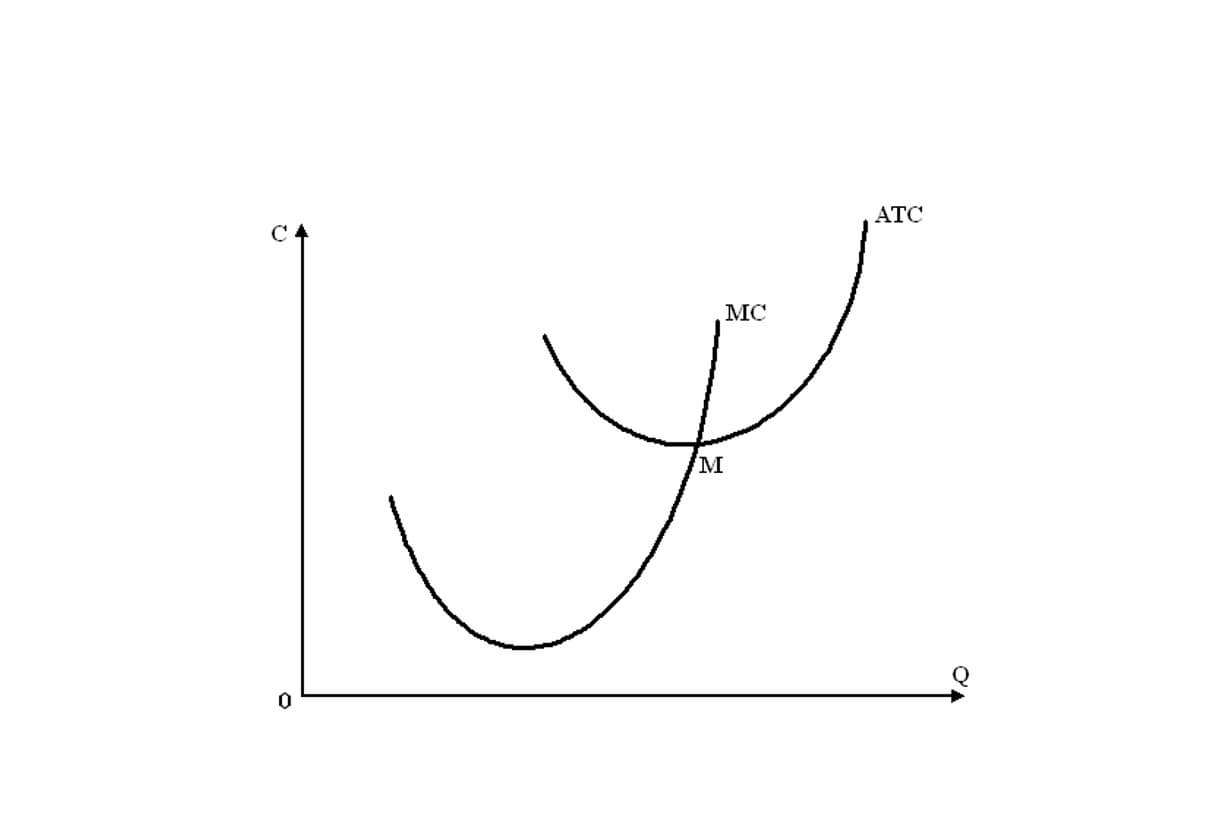Content

Instead, it requires a separate database that pulls in information from several sources, only one of which is existing general ledger accounts. It can be quite difficult to maintain this extra database, since it calls for significant extra staff time for which there may not be an adequate budget. The best work-around is to design the system to require the minimum amount of additional information other than that which is already available in the general ledger. Management may not authorize funding for additional ABC projects later on, so ABC tends to be “done” once and then discarded. ABC is used to get a better grasp on costs, allowing companies to form a more appropriate pricing strategy. The annexes to this handbook provide samples that are used to implement and practice ABC. A tutorial on activity-based costing of electronic health records.
Aarav Solutions Appoints Bhavin Patel as Vice President of Global Operations – PR Newswire India
Aarav Solutions Appoints Bhavin Patel as Vice President of Global Operations.
Posted: Tue, 09 Nov 2021 08:00:00 GMT [source]
The easy approach is to use ABC software in conjunction with a company’s existing accounting system. The traditional system continues to be used as before, with the ABC structure an extra to be called upon when specific cost information is required to help make a particular decision. The development of business accounting software programs has made the introduction of activity-based costing more feasible. For instance, the utility cost of running production machines would be included in the running machines cost pool. In order to use activity-based costing correctly, you will need to calculate the cost for each activity identified in Step 1 in order to determine costs. Activity-based costing is a method that can be used to assign a specific cost to products and services. Used in managerial accounting, ABC calculations are frequently used in order to assign a cost to a specific task.
3 Using Activity
Activity-based costing provides more detailed measures of costs than traditional allocation methods. Activity-based costing identifies the activities generating costs and assigns costs to those activities. By focusing on Justin’s activities, management could learn what caused costs and find ways to improve Justin’s efficiency. Suppose that by studying Justin’s activities, management learns he spends 40 per cent of his time answering questions about movies, 40 per cent of his time selling tickets, and 20 per cent doing nothing.
- Activity-based costing provides more accurate information because we can identify which activities cause costs, and we can determine the cost of the activity.
- As a senior management consultant and owner, he used his technical expertise to conduct an analysis of a company’s operational, financial and business management issues.
- Also, the reports you use when collecting this type of data don’t always follow the traditional guidelines for accounting principles, which can make things harder to track for some teams.
- Use our research library below to get actionable, first-hand advice.
- And any time they learn of a significant and permanent shift in the efficiency with which an activity is performed, they update the unit time estimate.
- An ABC system rarely can be constructed to pull all of the information it needs directly from the general ledger.
Here we assume that the department processes 51,000 customer orders, handles 1,150 inquiries, and performs 2,700 credit checks. The data reveal that the company supplied $85,120 worth of unused resource capacity during this period, representing opportunities for savings or growth depending on the company’s circumstances. This table shows the effect on cost assignment when we use rates based on practical capacity minutes, assumed here at 80 percent of theoretical full capacity.
Benefits Of Activity
If that system takes root in your company, then consider a gradual expansion, during which you only expand further if there is a clear and demonstrable benefit in doing so. The worst thing you can do is to install a large and comprehensive ABC system, since it is expensive, meets with the most resistance, and is the most likely to fail over the long term. Featured ProductsAltifySales enablement software for account-based selling. Activity-based accounting looks great in the classroom, but too often fails in the field. In this Harvard Business Review excerpt, HBS professor Robert S. Kaplan along with Steven R. Anderson suggest a way around the obstacles. This article is adapted from “The Economist Guide to Management Ideas and Gurus”, by Tim Hindle (Profile Books; 322 pages; £20).
Divide the total overhead of each cost pool by the total cost drivers to get the cost driver rate. Calculate the cost driver rate by dividing the total overhead in each cost pool by the total cost drivers. As greater numbers of the elderly use health services, and as health care costs climb, effective financial tracking is essential.
What is the main objective of Activity Based Costing Mcq?
Assign each cost pool activity cost driver, such as hours or units. Calculate the cost driver rate by dividing the total overhead in each cost pool by the total cost drivers. Divide the total overhead of each cost pool by the total cost drivers to get the cost driver rate.
In the case of our customer service department, the traditional ABC survey produced a work distribution of 70%, 10%, and 20% of the employees’ time performing the department’s three activities. These levels include batch-level activity, unit-level activity, customer-level activity, organization-sustaining activity, and product-level activity. The management of Parker Company would like to use activity-based costing to allocate overhead rather than use one plantwide rate based on direct labor hours. The following estimates are for the activities and related cost drivers identified as having the greatest impact on overhead costs. This is the same cost figure used for the plantwide and department allocation methods we discussed earlier.
Application of activity-based costing for a Peruvian NGO healthcare provider. The cost effectiveness of early management of acute appendicitis underlies the importance of curative surgical services to a primary healthcare programme.
Determine Facility Production Costs
Activity-based costing provides more information about product costs than traditional methods but requires more record-keeping. Managers must decide whether the benefits or improved decisions justify the additional record-keeping cost. Let’s illustrate by looking at a textile company that makes jeans.
Who should not use Activity Based Costing?
1. Activity Based Costing is not useful to small companies. 2. If the overheads are relatively small, there is no use of Activity Based Costing.
ABC systems are notoriously difficult to install, with multi-year installations being the norm when a company attempts to install it across all product lines and facilities. For such comprehensive installations, it is difficult to maintain a high level of management and budgetary support as the months roll by without installation being completed.
Applying Activity
This information is needed to calculate the product cost for each unit of product, which we discuss next. Notice that this information includes an estimate of the level of activity for each cost driver, which is needed to calculate a predetermined rate for each activity in step 4. Understand how to use the five steps of activity-based costing to determine product costs. Production also benefits because activity-based costing provides better information about the cost of each activity. In practice, ABC helps managers identify cost-causing activities. To manage costs, production managers learn to manage the activities that cause costs.
The breakdown of these costs among the company’s six activity cost pools is given below. The following six activities contribute to overall overhead costs.
Functional Based Cost Accounting Basics
All production and manufacturing teams may need to train on the new activity-based costing process and programs. However, once they do, the process typically becomes easier for everyone. Gathering the data you need, as long as you have the right resources and team members, can be beneficial.
To add more activities for a department, they don’t have to reinterview personnel; they can simply estimate the unit time required for each new activity. Activity-based costing became popular in the early 1980s largely because of growing dissatisfaction with traditional ways of allocating costs. After a strong start, however, it fell into a period of disrepute.
QuickBooks Online is the browser-based version of the popular desktop accounting application. It has extensive reporting functions, multi-user plans and an intuitive interface. Get clear, concise answers to common business and software questions. Accounting Accounting software helps manage payable and receivable accounts, general ledgers, payroll and other accounting activities.
These types of situations have a greater chance of succeeding and demonstrating that an ABC program is worth the effort. If the pilot study yields no savings in cost, the activity-based costing system has either been improperly implemented or, it may not be right for the company. Our solutions for regulated financial departments and institutions help customers meet their obligations to external regulators.
Multinational corporations can identify the true costs of products to streamline production and outsource cheaper labor and materials. ABC isn’t directly related to traditional financial accounting reports like balance sheets, income statements and cash flow statements. However, it drives improvements in reported margins and profitability. Let’s use a product manufacturing example to illustrate the differences between the two concepts. A corporation that manufactures parts through a sequence of machine operations will probably use both direct costs and indirect costs.
The problem with this approach is that fixed costs are often a large part of the overhead costs being allocated (e.g., building and machinery depreciation and supervisor salaries). Recall that fixed costs are costs that do not change in total with changes in activity. Overhead costs are allocated to products by multiplying the predetermined overhead rate for each activity by the level of cost driver activity used by the product. The term applied overhead is often used to describe this process. The goal is to understand all the activities required to make the company’s products. This requires interviewing and meeting with personnel throughout the organization. Companies that use activity-based costing, such as Hewlett Packard and IBM, may identify hundreds of activities required to make their products.
Appointment Scheduling 10to8 10to8 is a cloud-based appointment scheduling software that simplifies and automates the process of scheduling, managing, and following up with appointments. Applicant Tracking Zoho Recruit Zoho Recruit combines a robust feature set with an intuitive user interface and affordable pricing to speed up and simplify the recruitment process.
By definition, the allocation of indirect costs is at least somewhat arbitrary. Nevertheless, accountants have discovered that they can improve the ways costs are assigned, such as to movies in this case, by using activity-based costing. Activity-based costing is a system you can use what is activity based costing to find production costs. It breaks down overhead costs between production-related activities. The ABC system assigns costs to each activity that goes into production, such as workers testing a product. The overhead costs assigned to each activity comprise an activity cost pool.
To avoid the high cost of these rebates and returns, Kemps offered these retailers a 2% discount if they would manage their own inventories without the return option. In this way, Kemps eliminated 95% of out-of-code returns, generating a net saving of $120,000 per year. Employees now spend time generating profits from the information rather than just updating and maintaining it. Managers can add complexity to the model by simply adding new elements to the time equations, which places less strain on Hunter’s accounting system than incorporating new activities would. Hunter has reduced the number of items tracked from 1,200 activities to 200 department processes.
Setting up an activity-based costing system is a prerequisite for improving business processes and for any re-engineering programme . Many firms also use ABC data for the measures required for a balanced scorecard . Depending on the product and current manufacturing environment, activity-based costing can result in a higher or a lower cost per unit.

That’s why you should consider the pros and cons before deciding if it’s right for your business. The prerequisite for lesser cost in performing ABC is automating the data capture with an accounting extension that leads to the desired ABC model. Known approaches for event based accounting simply show the method for automation. Any transition of a current process from one stage to the next may be detected as a relevant event. Although some may argue that costs untraceable to activities should be “arbitrarily allocated” to products, it is important to realize that the only purpose of ABC is to provide information to management. Therefore, there is no reason to assign any cost in an arbitrary manner.
- The implementation of these changes is known as activity-based management .
- Having calculated the cost per time unit of supplying resources to the business’s activities, managers next determine the time it takes to carry out one unit of each kind of activity.
- Service industries such as banks, hospitals, insurance companies, and real estate agencies have all had success with ABC.
- To avoid the high cost of these rebates and returns, Kemps offered these retailers a 2% discount if they would manage their own inventories without the return option.
- We have discussed three different methods of allocating overhead to products—plantwide allocation, department allocation, and activity-based costing.
Let’s say that if the chemical is already packaged in a way that meets standard requirements, it should take 0.5 minutes to prepare it for shipment. If the item requires a new package, however, the manager estimates, either from experience or from making several observations, that an additional 6.5 minutes will be required to supply the new packaging. And if the item is to be shipped by air, he or she knows that it will take about 2 minutes to put the package in an air-worthy container. Automated machinery is leased from Rebel Robotics, which bases its rental charges on a “units processed” basis. An ABC system may require data input from multiple departments, and each of those departments may have greater priorities than the ABC system. Thus, the larger the number of departments involved in the system, the greater the risk that data inputs will fail over time. This problem can be avoided by designing the system to only need information from the most supportive managers.
Similarly, you might consider creating cost pools for each distribution channel, or for each facility. If production batches are of greatly varying lengths, then consider creating cost pools at the batch level, so that you can adequately assign costs based on batch size. Create cost pools for those costs incurred to provide services to other parts of the company, rather than directly supporting a company’s products or services. The contents of secondary cost pools typically include computer services and administrative salaries, and similar costs. These costs are later allocated to other cost pools that more directly relate to products and services. There may be several of these secondary cost pools, depending upon the nature of the costs and how they will be allocated.
Author: Laine Proctor



















